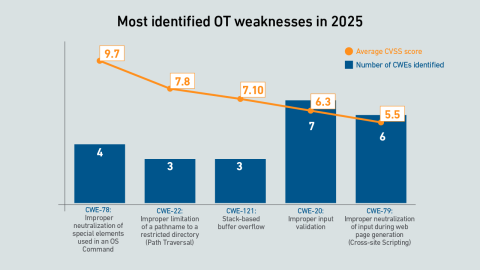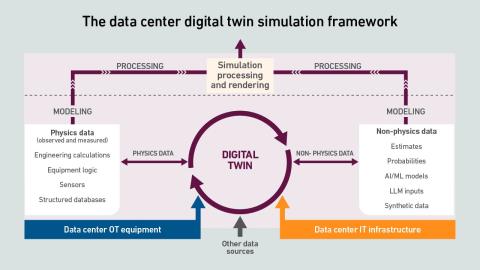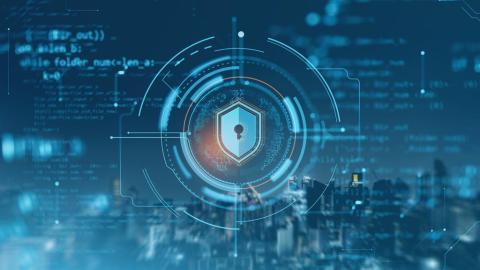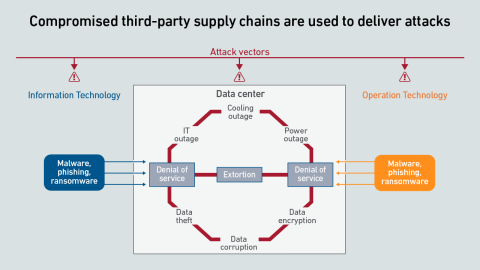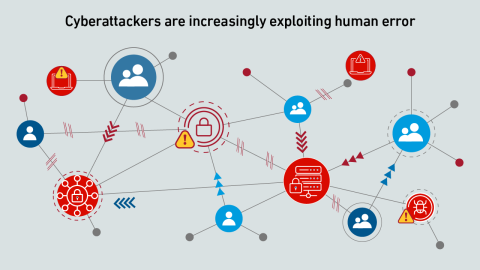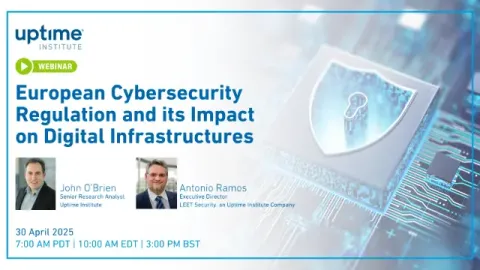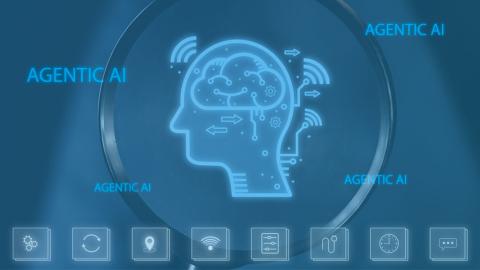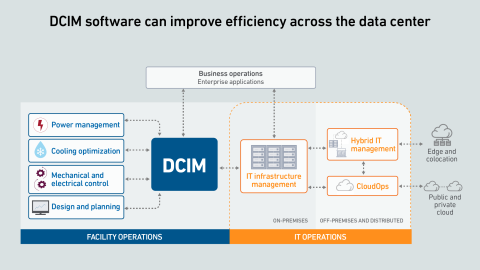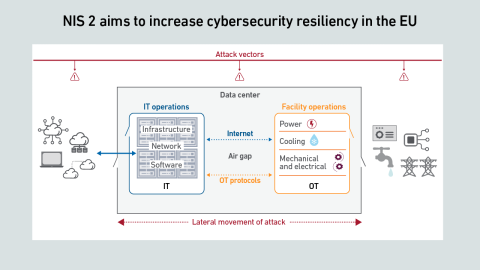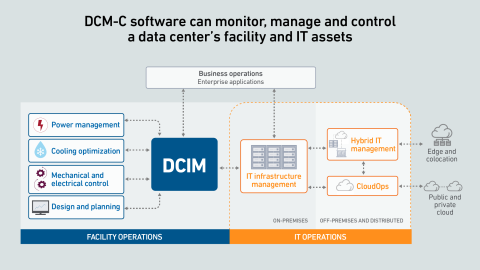Many data center OT systems share High- or Critical-level common vulnerabilities and exposures (CVEs), making them easy targets for cyberattackers. Operators need to act to protect their critical infrastructures.

John O'Brien
John is Uptime Institute’s Senior Research Analyst for Cloud and Software Automation. As a technology industry analyst for over two decades, John has been analyzing the impact of cloud migration, modernization and optimization for the past decade. John covers hybrid and multi-cloud infrastructure, sustainability, and emerging AIOps, DataOps and FinOps practices.
jobrien@uptimeinstitute.com
Latest Research
Security vulnerabilities in data center infrastructure management (DCIM) software are leaving some operators at risk of cyberattacks.
Real-time computational fluid dynamics (CFD) analysis is gradually nearing reality, with GPUs now capable of producing high-fidelity simulations in under 10 minutes. However, many operators may be skeptical about why this is necessary.
Investment in giant data centers and high-density AI infrastructure is driving a surge of interest in digital twins and AI-enabled simulations. However, experience in the field of computational fluid dynamics suggests obstacles lie ahead.
Data center operators are increasingly aware that their operational technology systems are vulnerable to cyberattacks. Recent incident reports show a rise in ransomware attacks, which pose significant risks to data centers
Cybersecurity has traditionally not been a key focus of attention for data center operators. But cyber incidents are on the rise and concerns are growing. Unaddressed vulnerabilities leave operators at increasing risk from evolving threats.
Human error is an increasingly exploited weakness by cyberattackers, leading to data center security breaches and greater risk for enterprises and operators.
European cybersecurity regulations have become effective and will have a major impact on both critical infrastructures and their cybersecurity management. This webinar will discuss the NIS2 Directive, the European Union’s updated cybersecurity…
Digital twins are increasingly valued in complex data center applications, such as designing and managing facilities for AI infrastructure. Digitally testing and simulating scenarios can reduce risk and cost, but many challenges remain.
Chinese large language model DeepSeek has shown that state of the art generative AI capability may be possible at a fraction of the cost previously thought.
Agentic AI offers enormous potential to the data center industry over the next decade. But are the benefits worth the inevitable risks?
Operators and investors are planning to spend hundreds of billions of dollars on supersized sites and vast supporting infrastructures. However, increasing constraints and uncertainties will limit the scale of these build outs.
Data center infrastructure management software is widely used but rarely utilized at full potential. Adopting the latest capabilities and optimizations could achieve better resiliency and efficiency.
The EU's NIS 2 directive requires all organizations operating in Europe to comply with 10 essential cybersecurity measures, but many data center operators remain unprepared.
As operators expand their use of hybrid IT and cloud, optimizing the IT could help alleviate concerns over availability and efficiency. This report is part two of a four-part series on data center management software.
